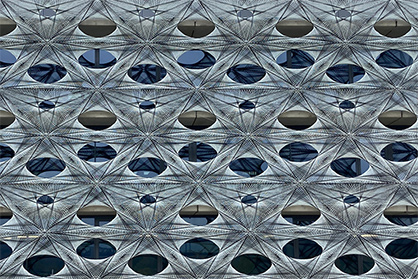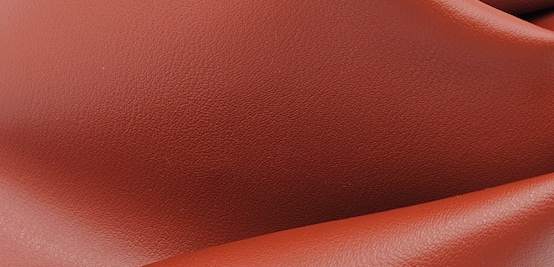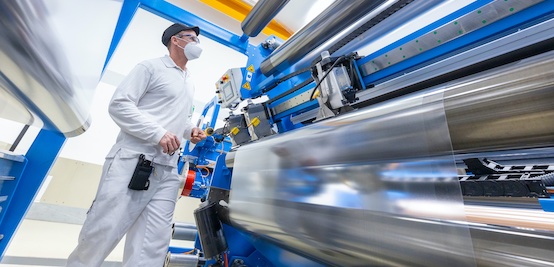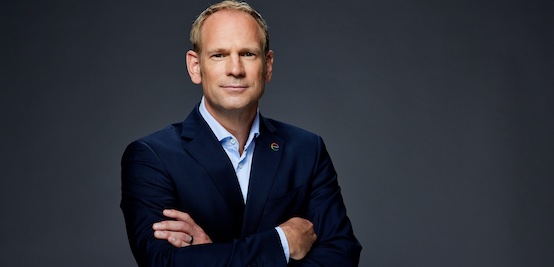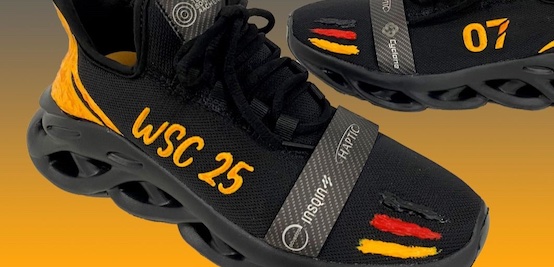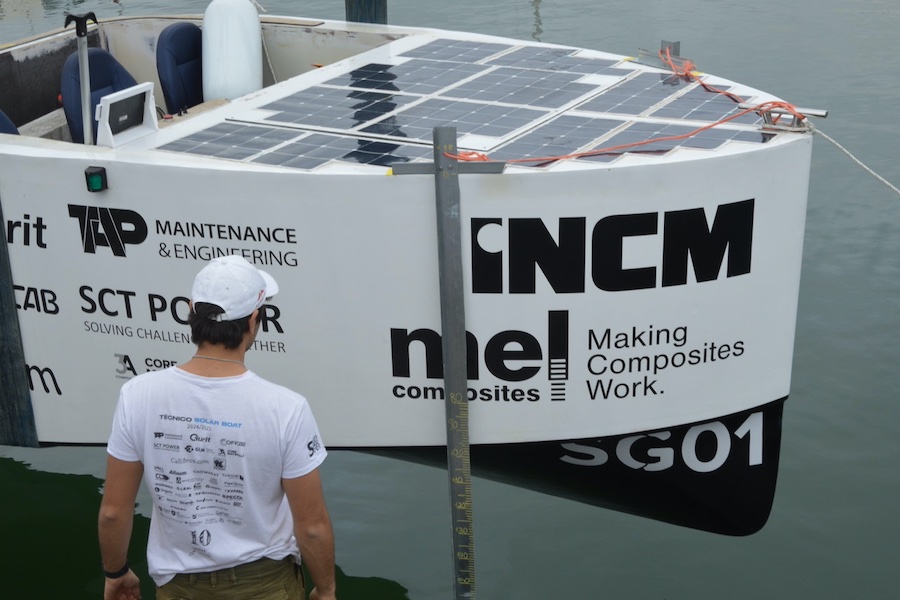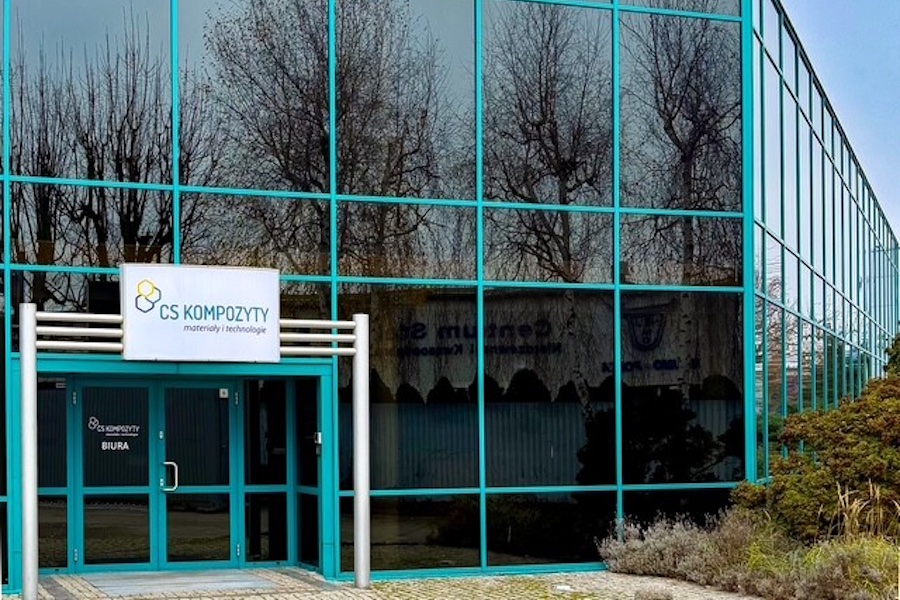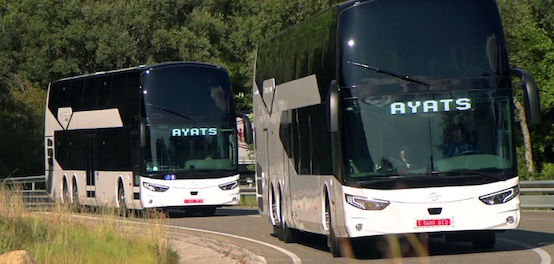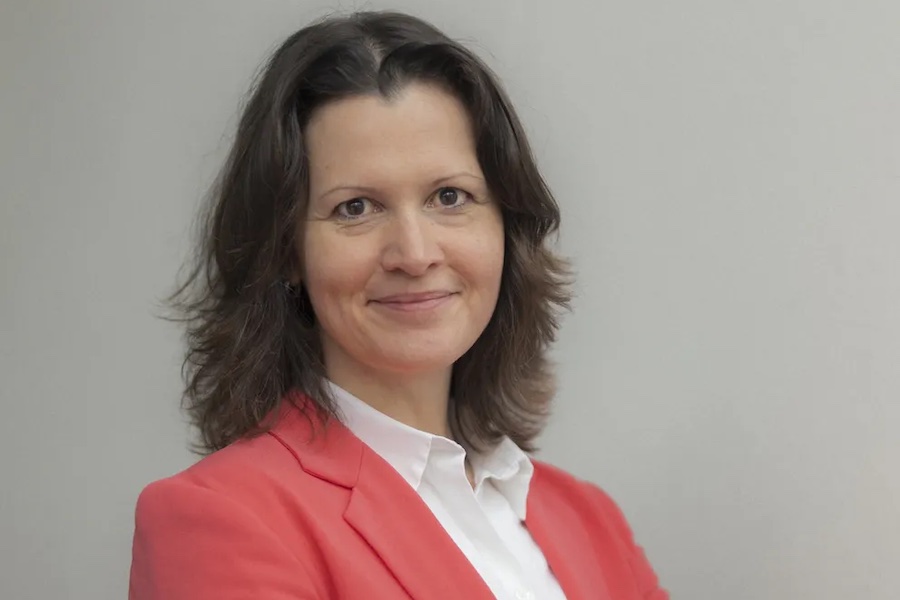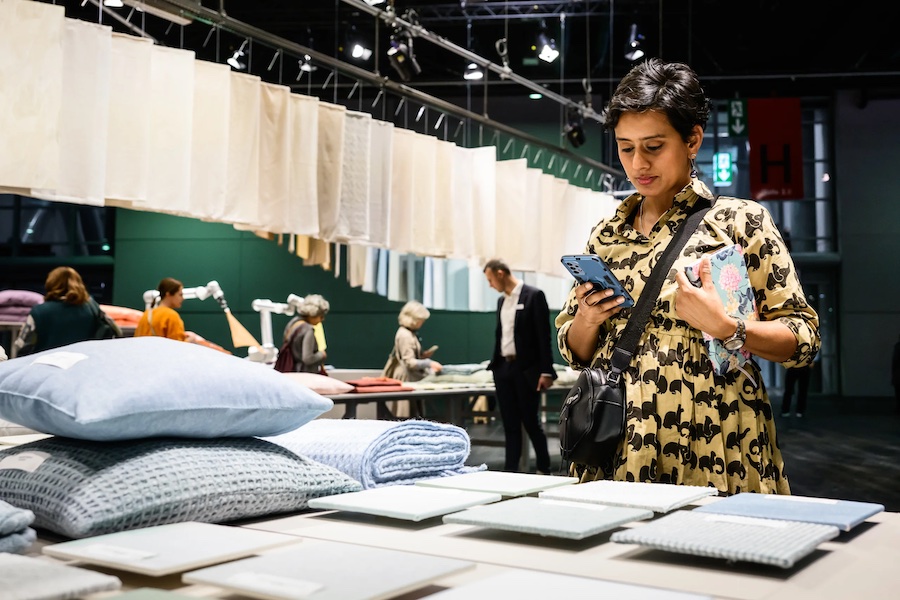#Composites
„Winding” houses instead of building
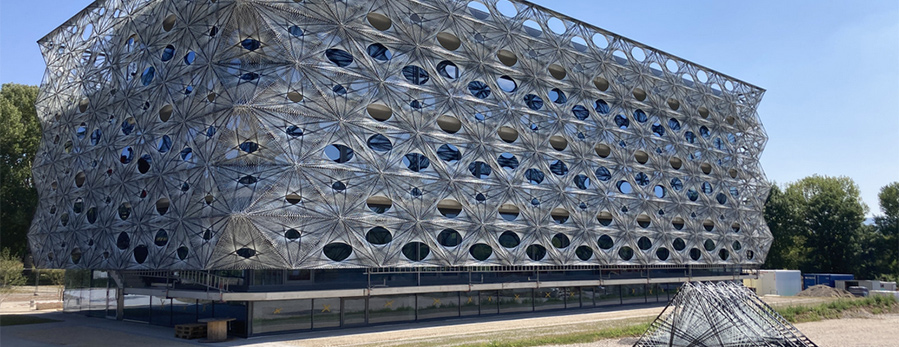
- Unique combination of aesthetics, strength and sustainability
- Significantly lower material use than in steel and concrete construction
- Substantial reduction in CO2 emissions
- Natural fibers such as flax are also suitable
- Polyurethane resin from Covestro provides strength and durability
Innovative fiber technology could revolutionize building construction
The façade of the Texoversum is just one example of a brand new technology that could completely revolutionize the construction industry. The sophisticated structure was designed on the computer and is based on carbon fibers wound by robots. Similar to networks in nature, for example in spider webs, beetle wings or palm leaves, the fiber structures are also very lightweight, but at the same time highly resilient, and require very little material. This not only saves resources, but also facilitates transport and assembly of the components.
The co-inventor of the innovative technology is architect Prof. Moritz Dörstelmann, whose company FibR also realized the façade of the Texoversum: "In contrast to conventional steel and concrete structures, we are able to get by with a minimum of material, because the robots only process as many fibers as are needed for the strength of the respective structure. As a result, we also save large amounts of CO? emissions." Dörstelmann also sees advantageous applications for the technology in roof structures, supports and, not least, interior fittings.
The necessary strength and durability of the composite is provided by Covestro's aliphatic polyurethane resin system Desmocomp®, in which the fibers are embedded as if in a matrix. "The resin is highly resistant to weathering and the sun's high-energy UV radiation, making it very suitable for outdoor applications," explains Pejman Norastehfar, architect and specialist for construction applications in Covestro's Coatings and Adhesives segment. “Other plus points in the construction sector are its excellent chemical and flame resistance.”
In the Texoversum, the spun façade performs several important functions at once: it gives the building a unique look and stabilizes the surrounding balconies. It also serves as a railing and provides the necessary shade for the glass front behind it.
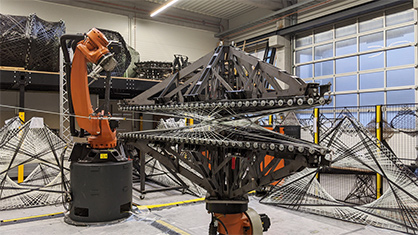
The building provides approximately 3,000 square meters of space for workshops, laboratories, a textile collection, think tank space and classrooms. The costs for the construction of the Texoversum amounting to 18.5 million euros were borne by the employers' association Südwesttextil, whose members include FibR GmbH in Kernen, east of Stuttgart.
